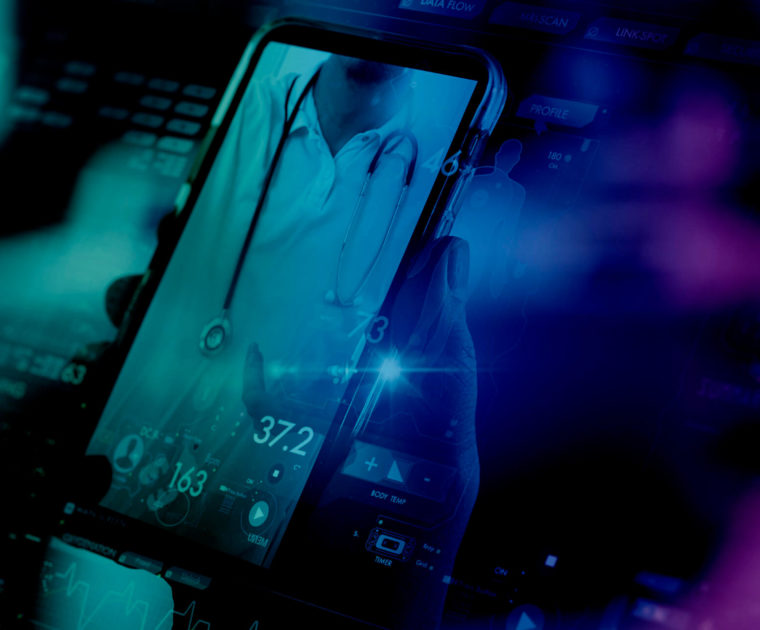Technology and health go hand in hand at levels like we have never known in history. From the development of advanced medical devices to the application of artificial intelligence in medicine, the synergy between technology and health reaches a new level of innovation every day.
The health sector no longer looks with such suspicion at a future marked by trends such as the aging of the population, the increase in mental health care, personalization or the union of different medical disciplines.
Today, we find advances that until recently were unthinkable.
A constant transformation and evolution to guarantee the sustainability of the health system based on ICT. Let us now see to what extent.




